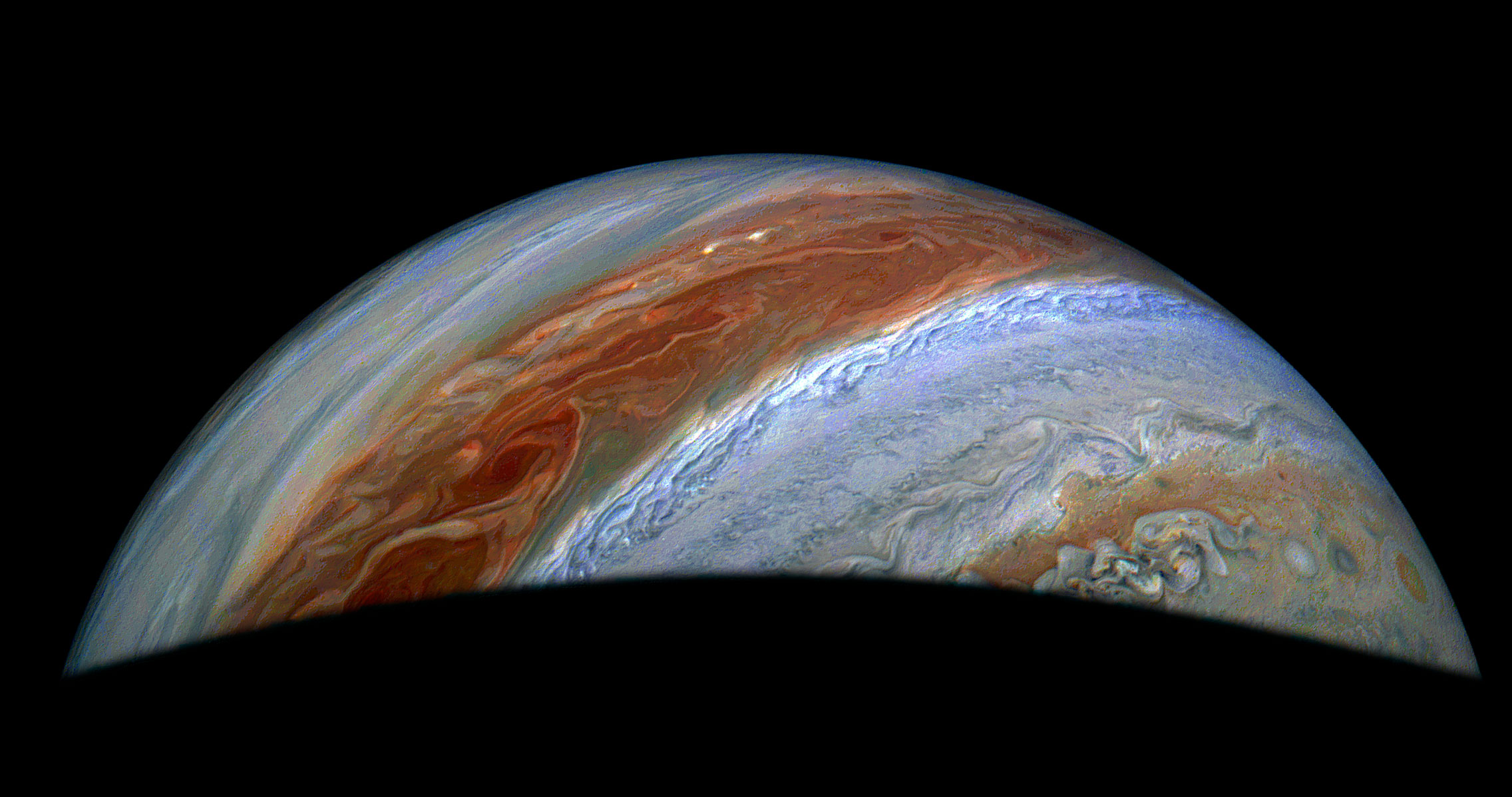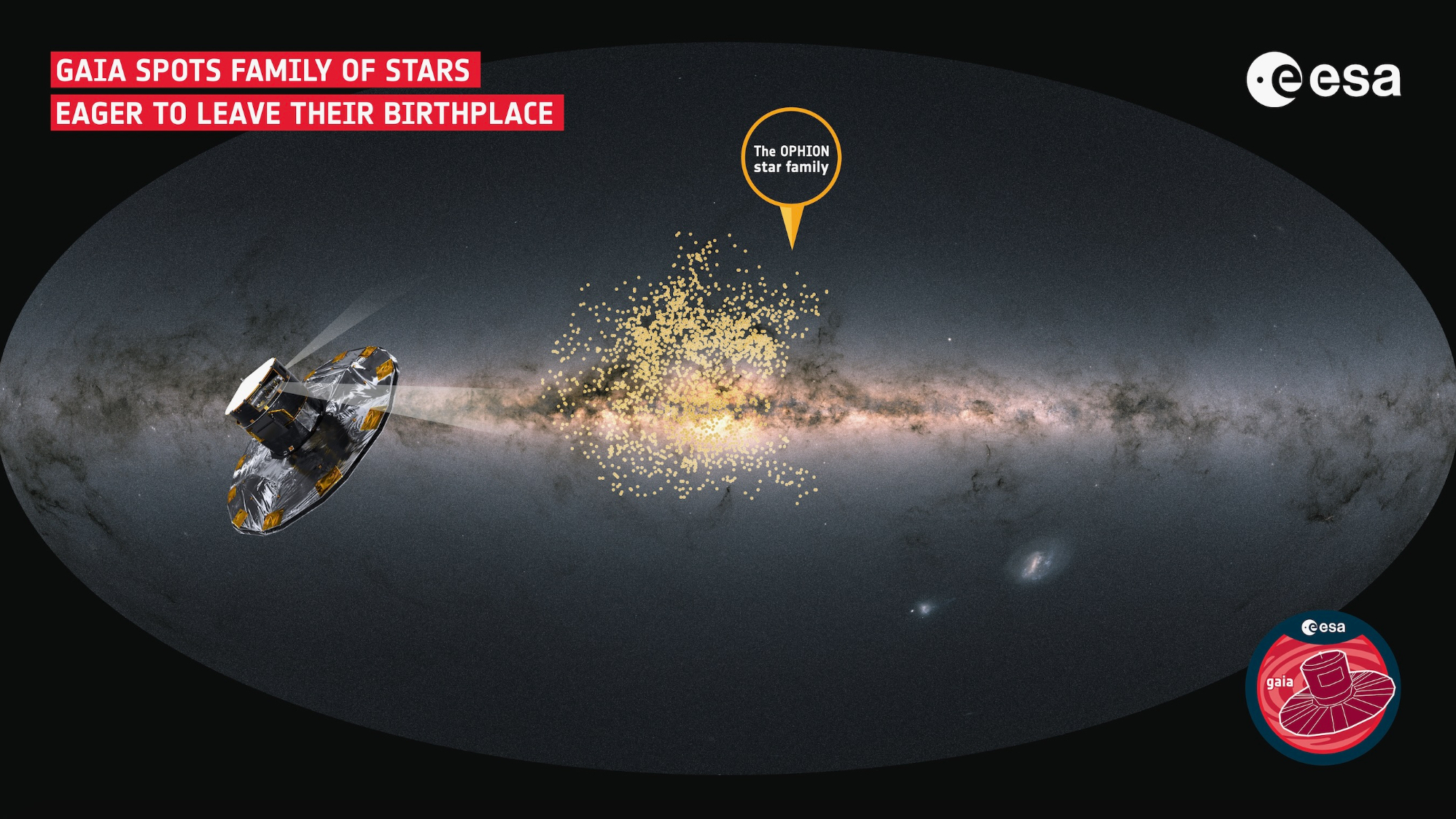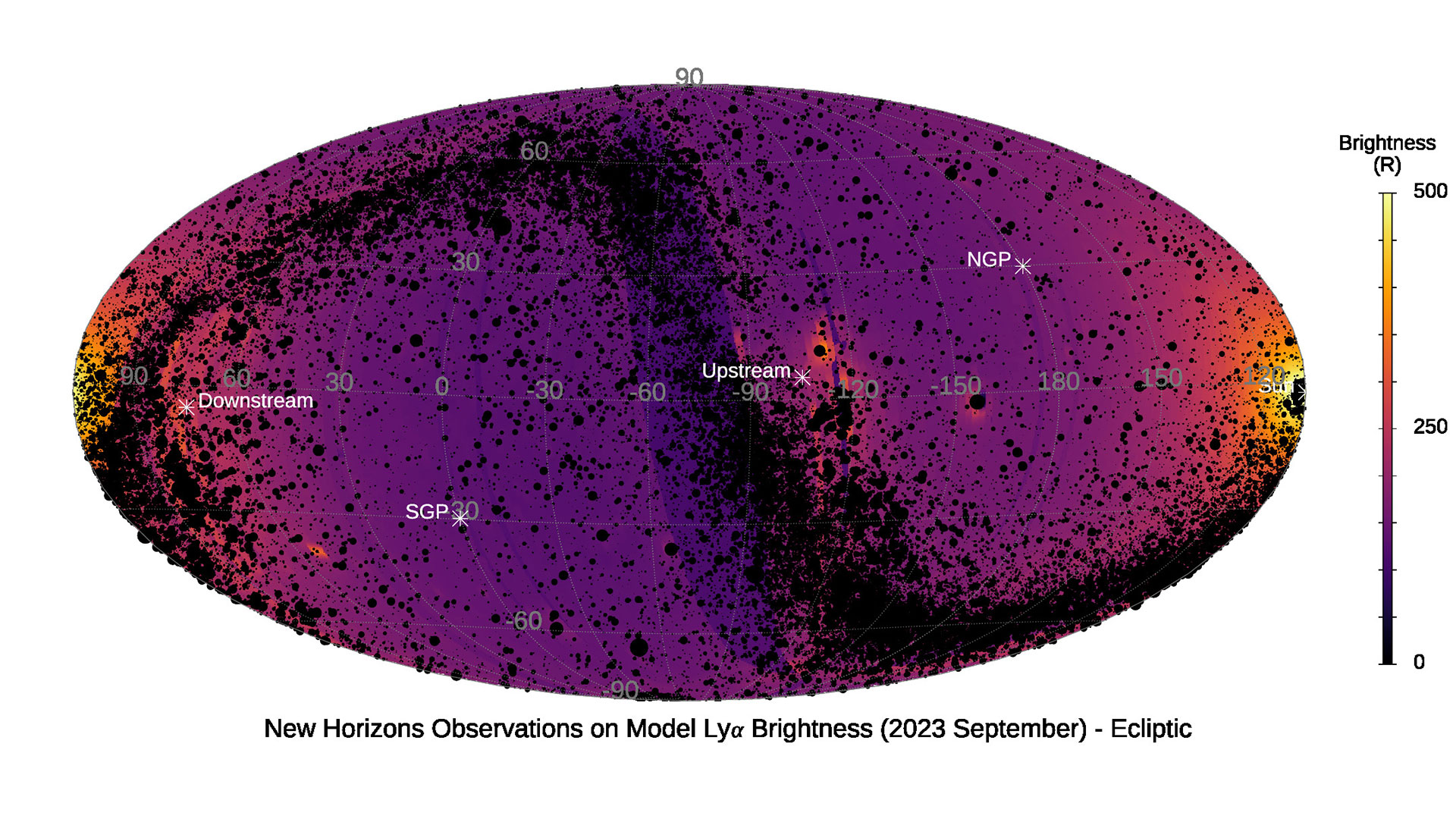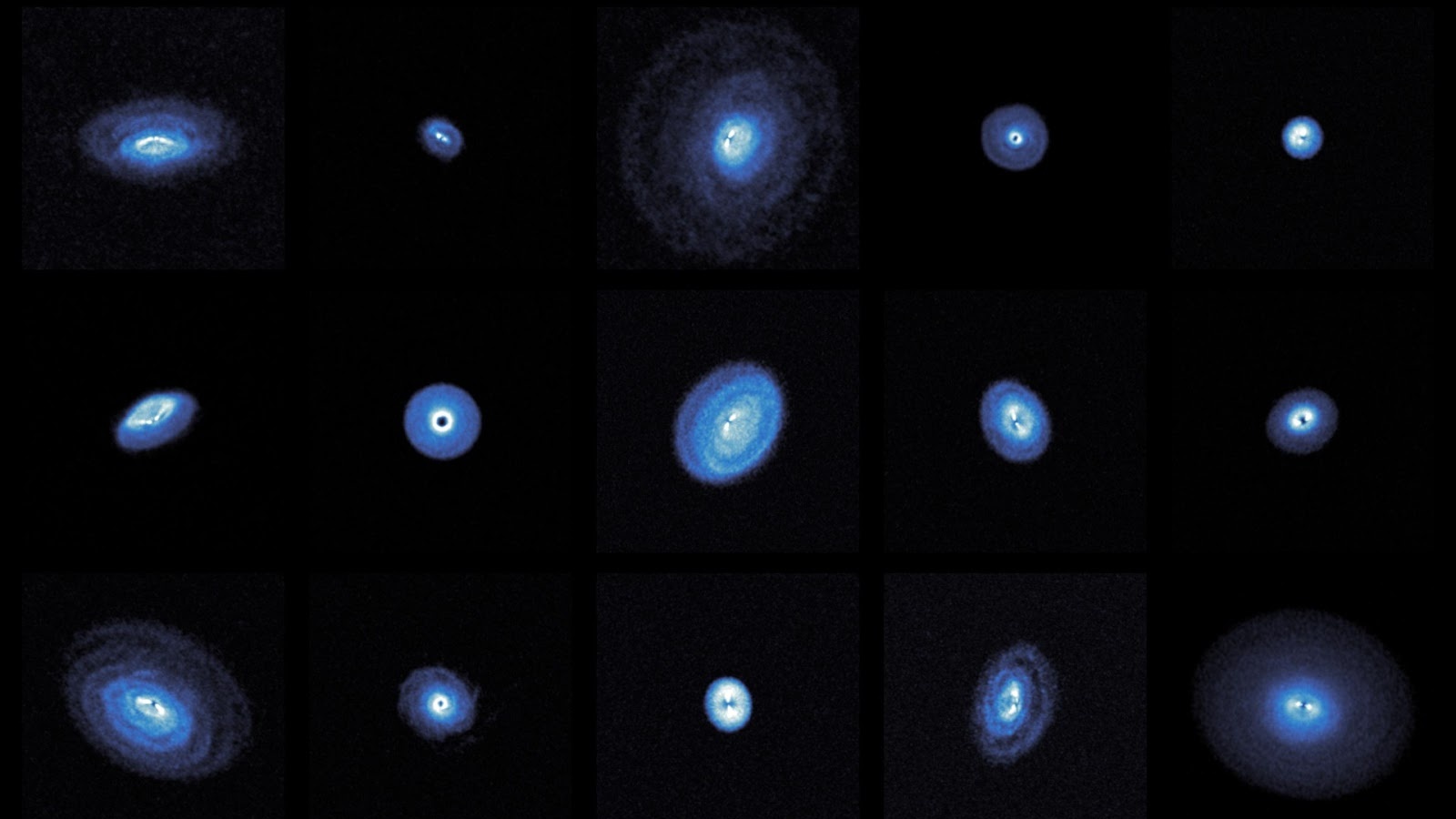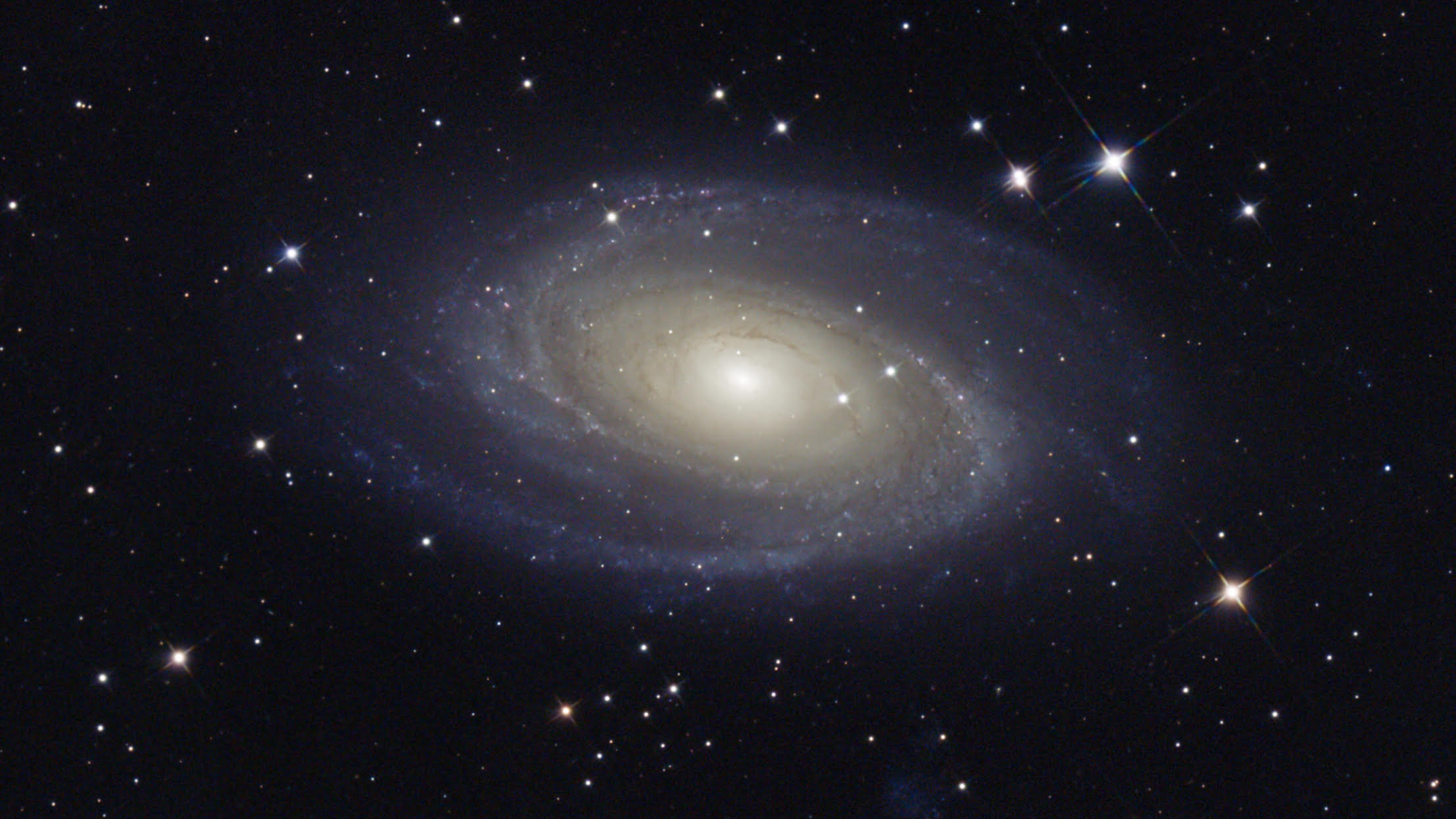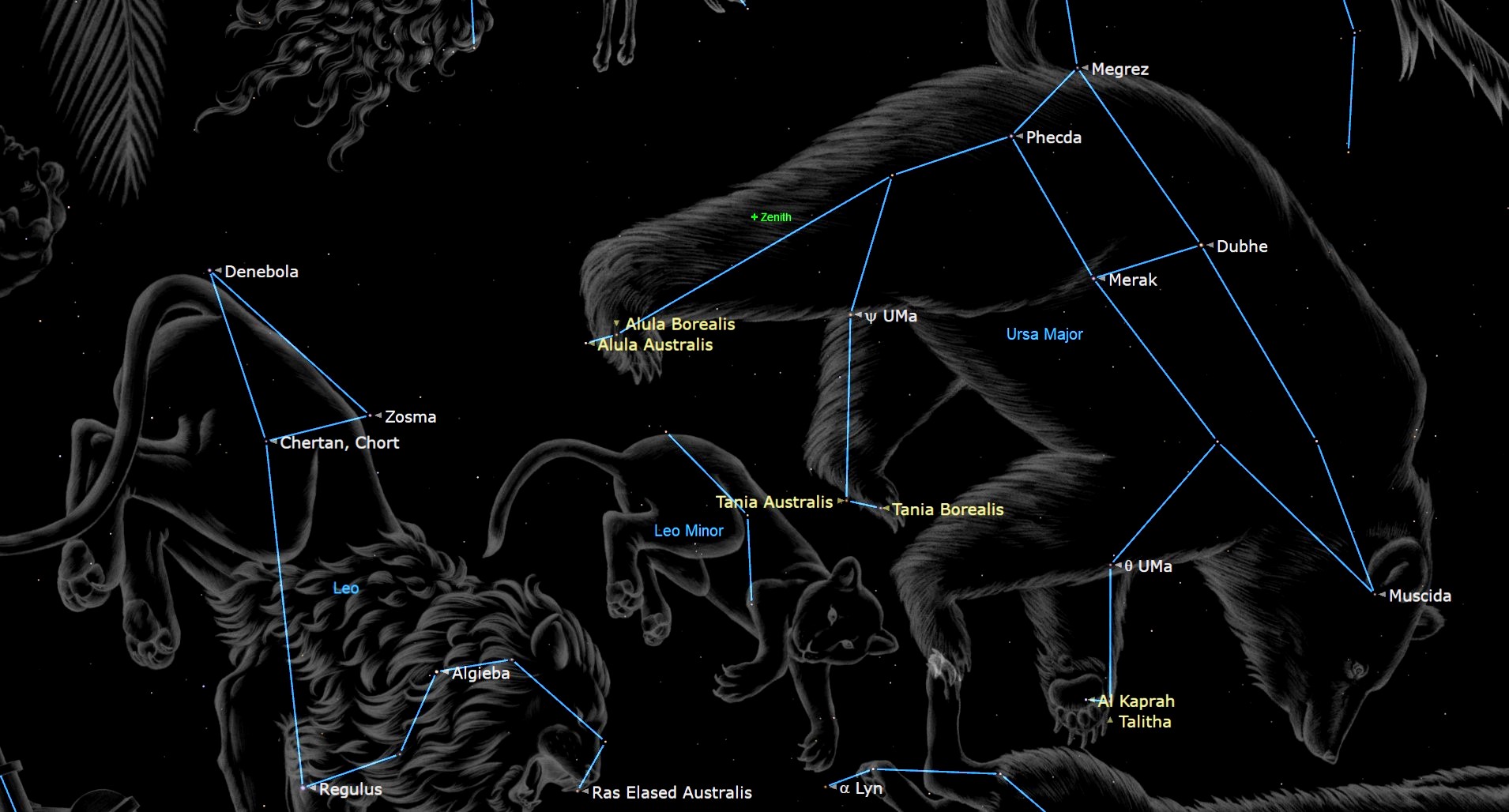Big, Shiny Asteroid to Fly (Safely) Past Earth on April 19

A whopper of an asteroid will make a close approach to Earth on April 19. There's no need to panic, though; NASA says it won't collide with our planet. But it will get extremely close for an asteroid of that size.
Named 2014 JO25, this giant space rock measures approximately 2,000 feet (650 meters) across — about the height of the Shanghai Tower, China's tallest building and the second-tallest building in the world. It will pass by Earth at a safe distance of 1.1 million miles (1.8 million kilometers), or nearly five times the distance between the Earth and the moon.
"Small asteroids pass within this distance of Earth several times each week, but this upcoming close approach is the closest by any known asteroid of this size, or larger, since asteroid Toutatis, a 3.1-mile (five-kilometer) asteroid, which approached within about four lunar distances in September 2004," NASA officials said in a statement. [Photos: Asteroids in Deep Space]
NASA first learned of 2014 JO25 three years ago, when astronomers monitoring the Catalina Sky Survey at the University of Arizona spotted it with their telescopes. Sponsored by NASA's Near-Earth Object (NEO) Observation Program, the survey searches for potentially Earth-threatening asteroids in the solar system.
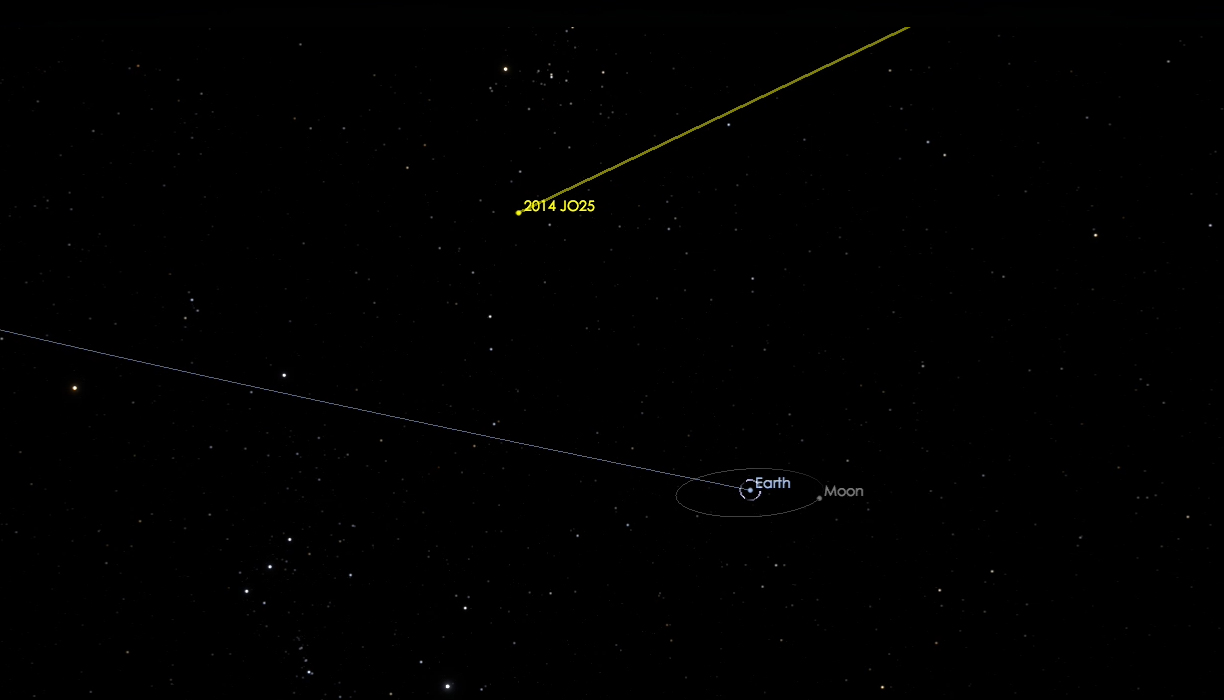
While NASA doesn't know much about its physical properties, the agency's NEOWISE (Near-Earth Object Wide-field Infrared Survey Explorer) mission indicates that the asteroid is about twice as reflective as the moon. Skywatchers will be able to see it with a small telescope. After it first becomes visible in the night sky, it will slowly fade into the distance, disappearing after one or two nights.
"The April 19 encounter provides an outstanding opportunity to study this asteroid, and astronomers plan to observe it with telescopes around the world to learn as much about it as possible," NASA said in the statement. "Radar observations are planned at NASA's Goldstone Solar System Radar in California and the National Science Foundation’s Arecibo Observatory in Puerto Rico, and the resulting radar images could reveal surface details as small as a few meters."
Editor's note: If you capture a photo of asteroid 2014 JO25 through a telescope and would like to share it with Space.com, please send images and comments in to: spacephotos@space.com.
Get the Space.com Newsletter
Breaking space news, the latest updates on rocket launches, skywatching events and more!
Email Hanneke Weitering at hweitering@space.com or follow her @hannekescience. Follow us @Spacedotcom, Facebook and Google+. Original article on Space.com.
Join our Space Forums to keep talking space on the latest missions, night sky and more! And if you have a news tip, correction or comment, let us know at: community@space.com.

Hanneke Weitering is a multimedia journalist in the Pacific Northwest reporting on the future of aviation at FutureFlight.aero and Aviation International News and was previously the Editor for Spaceflight and Astronomy news here at Space.com. As an editor with over 10 years of experience in science journalism she has previously written for Scholastic Classroom Magazines, MedPage Today and The Joint Institute for Computational Sciences at Oak Ridge National Laboratory. After studying physics at the University of Tennessee in her hometown of Knoxville, she earned her graduate degree in Science, Health and Environmental Reporting (SHERP) from New York University. Hanneke joined the Space.com team in 2016 as a staff writer and producer, covering topics including spaceflight and astronomy. She currently lives in Seattle, home of the Space Needle, with her cat and two snakes. In her spare time, Hanneke enjoys exploring the Rocky Mountains, basking in nature and looking for dark skies to gaze at the cosmos.
